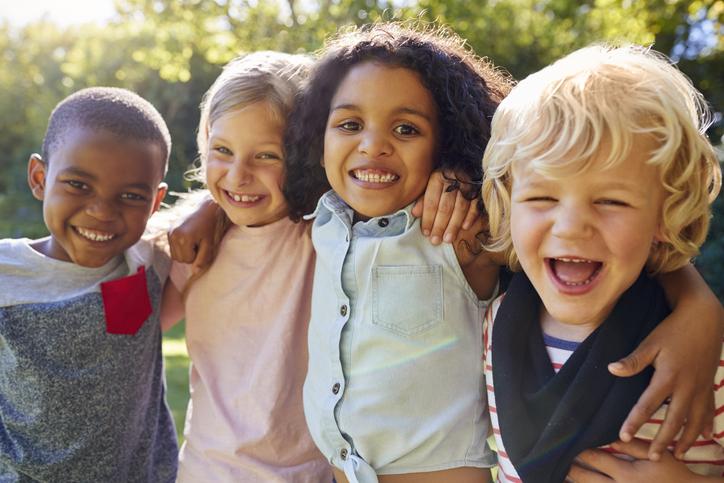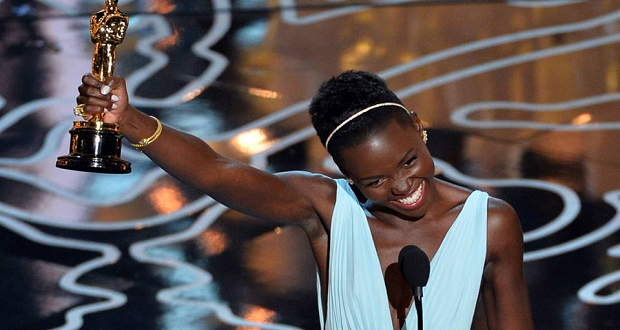
I will never forget a conversation I once had with my cousin about her middle school experience. Noticing a pair of noise-reducing earmuffs hanging on her school ID lanyard, I asked her what they were for. “Oh, I use them to protect my ears when there are loud noises,” she said. This was unsurprising; my cousin experiences some sensory processing differences and is easily overwhelmed by loud sounds. It was her next comment that shocked me. “You know, like if kids are being loud in the cafeteria. Or if there’s an active shooter in the building.”
I didn’t know what to say. That the threat of a school shooting seemed to her within the same realm of possibility as her peers being noisy in the lunchroom was in no way reflective of my middle school experience, just over a decade before? While I had “Code Red” active shooter drills once or twice a year in middle school, my peers and I used this opportunity, crouching beneath our desks, to giggle and gossip, not thinking too hard about the terrifying situation we were meant to be preparing for. School shootings have been on a steady rise in the decade that has elapsed since then. I recognized in this moment that my cousin’s experience of school in this context was something I would never fully understand, because I haven’t lived it.
Last week, Sandy Hook Promise released a disturbing back-to-school PSA. [[Content Warning: the video contains graphic content and imagery related to school shootings.]] Many questioned if the PSA took things too far. While fear of a copycat effect should not be taken lightly, a key strength of this video is that it highlights all too clearly the fears and realities with which today’s youth are contending—something many people have never paused to consider in earnest. It is my hope that this PSA starts important conversations in homes and classrooms, and that such conversations can help youth to sort through their thoughts, feelings, and fears about a very scary and difficult topic.
While fear of a copycat effect should not be taken lightly, a key strength of this video is that it highlights all too clearly the fears and realities with which today’s youth are contending—something many people have never paused… Click To TweetYesterday, The Winters Group hosted a public Virtual Learning Lab on Engaging in Bold, Inclusive Conversations® with Young People. Along with parents, caregivers, educators, and mentors, my colleagues and I explored the case for, and strategies associated with, engaging children and youth in meaningful conversation around social justice, identity, differences, xenophobia, and current events. This lab was born from my sincere conviction that youth engagement and understanding around these topics represent our best hope of addressing the many problems we are reckoning with in today’s world.
This lab was born from my sincere conviction that youth engagement and understanding around these topics represent our best hope of addressing the many problems we are reckoning with in today’s world. Click To TweetA central problem underlying the polarization we observe in our sociopolitical climate is a message most of us have internalized that we shouldn’t be talking about difference—that it is impolite, too political, distracting us from “more important” matters… the list goes on. During our lab, Principal Strategist Valda Valbrun shared a story highlighting just how far this dynamic has gone: when a child in the grocery store commented, “she’s Black,” the horrified mother apologized to Valda instead of addressing her child. It is no wonder that racial issues prove so challenging to address when many of us have been explicitly taught that so much as recognizing a difference between ourselves and others is rude or shameful.
It is no wonder that racial issues prove so challenging to address when many of us have been explicitly taught that so much as recognizing a difference between ourselves and others is rude or shameful. Click To TweetIt is important to recognize the fact that children bring their own lived experiences to the table, and likely know more than we tend to give them credit for. A great deal of research has confirmed youth of color are commonly stereotyped by adults in their lives, and that this contributes to disparate outcomes in school discipline, among other areas. Research also tells us that children themselves develop biases in their early years. Two million children in the U.S. are being raised by LGBTQ parents, and it is not uncommon for gender non-conforming children to begin expressing this identity early in life. Children are also likely to experience and recognize differences across ability, religion, language, family structure, nationality, socioeconomic status, gender expression, and many other dimensions of diversity. If we wish to raise informed, critically-thinking, and compassionate individuals prepared to change the world for the better, it is imperative that we support children in making sense of, celebrating—and most importantly—not stigmatizing these differences.
If we wish to raise informed, critically-thinking, and compassionate individuals prepared to change the world for the better, it is imperative that we support children in making sense of, celebrating—and most importantly—not… Click To TweetI encourage you to think about how best to approach these topics with the young people in your life. It may require learning and reflection on your part as well as on the part of youth. Considering children’s current vocabulary and experiences, and how best to illustrate sometimes complex topics is necessary, but I maintain that educational psychologist Jerome Bruner was correct when he wrote that “The foundations of any subject may be taught to anybody at any age in some form.” For one of my favorite illustrations of what this can look like in practice, check out this video of poet Staceyann Chin and her daughter Zuri’s “No Means No” Living Room Protest about bodies, touching, and permission.
There is one more topic that is key to understanding youth feelings and responses that may come up when discussing sensitive topics with young people: trauma. Trauma around potentially upsetting topics like violence, prejudice, discrimination, and oppression is likely to emerge in individuals who have personal experience with these realities. Community and social context, and access to resources and well-being collectively represent many Social Determinants of Health. Research tells us in no uncertain terms that experiencing stress around one or more of these areas can substantially impact both mental and physical health. This does not mean that we should shy away from challenging topics, but it does mean that we should be respectful of others involved in conversations we may be having or facilitating. Importantly, it means that we should ask first and foremost when processing stressful topics that children and youth may be experiencing on a personal level how and what they are feeling, and honor their need to process concerns and fears in their own way.
During our lab, Brittany J. Harris recounted her experience working on a curriculum advisory board and encountering another adult who identified that a student had seemed to respond to materials around racial inequities with apathy. Brittany introduced an alternate perspective—perhaps this student’s apparent detachment was in fact a manifestation of trauma around a potentially upsetting topic. My cousin’s seemingly offhand pronouncement about the possibility of an active shooter in her school was likely an example of a similar coping mechanism. Recognizing such cues as potentially indicative of a need to protect oneself in the face of trauma can help us to support youth in processing and communicating about their fears and anger, which in turn will promote improved mental and physical health. Any way you spin it, we have everything to gain by engaging young people in these essential conversations.
If you are interested in learning more about how to successfully engage in these conversations with children and youth, visit our website for a recording of our virtual learning lab and additional resources!




![A Point of View: Beyoncé, “Formation”, and Being Your [Unapologetic] Authentic Self](https://theinclusionsolution.me/wp-content/uploads/2016/02/beyonce-formation-car-braids.jpg)













